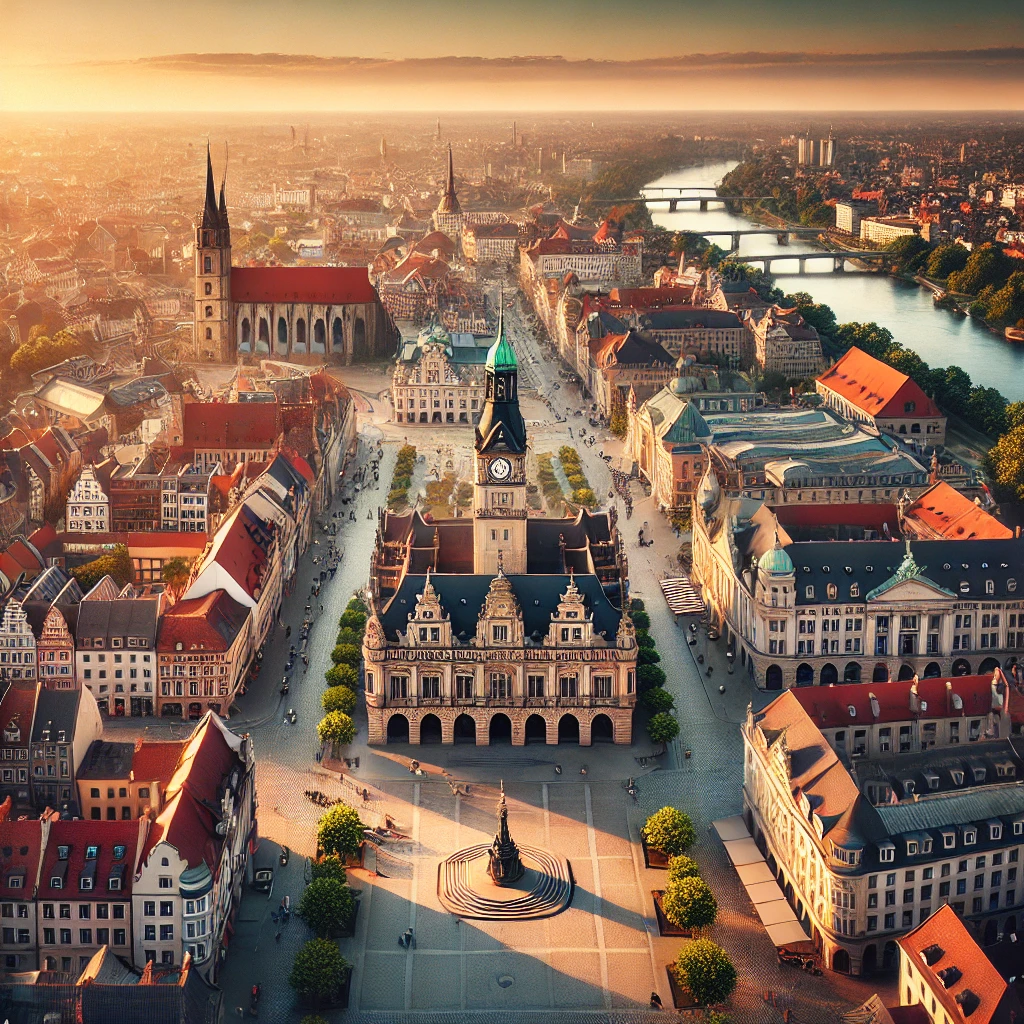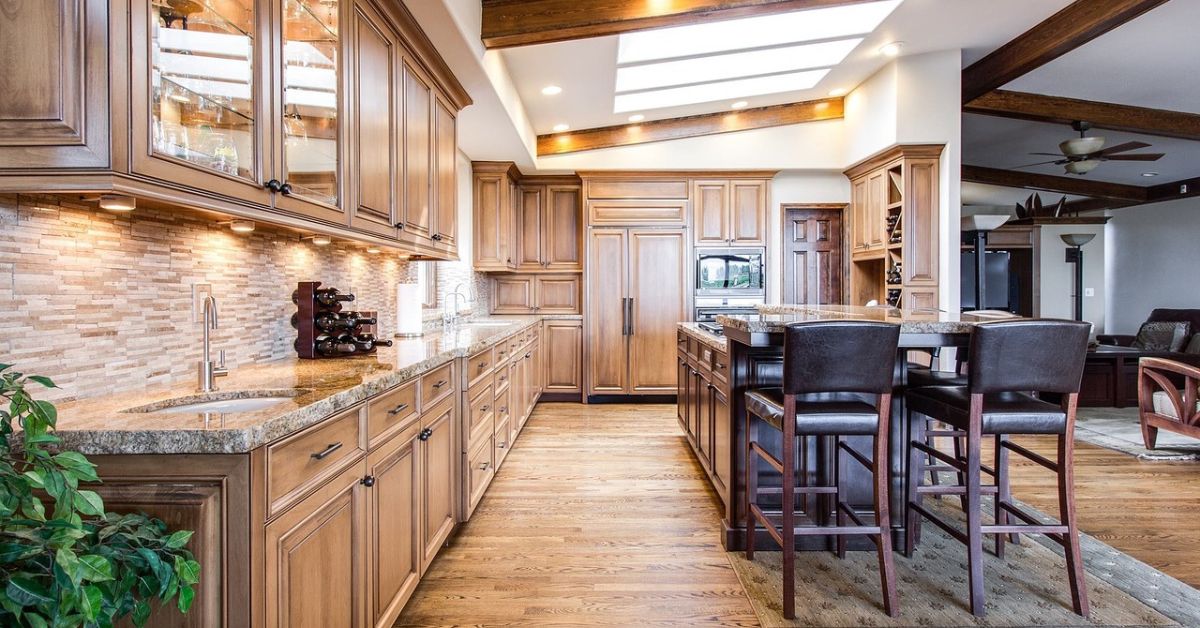10 Countries That Are Actually Amazing for Raising Kids
Category
Categories

10 Countries That Are Actually Amazing for Raising Kids
Top 10 Countries Ideal for Raising Children
American expatriates can also discover budget-friendly housing options in these destinations.
Changing Family Dynamics: Raising Kids Abroad
Having children can often impact travel plans for many individuals. However, for some, embracing parenthood might lead to considering a lifestyle change that involves raising a family in a different country. If you were once a frequent traveler now adjusting to life with little ones, the idea of relocating abroad may have crossed your mind. The concept of experiencing a different culture and environment while raising your family could be inspired by narratives like Pamela Druckerman’s account in Bringing Up Bébé, highlighting the sophisticated French approach to parenting.
Although Paris might not be the most practical location to bring this aspiration to fruition due to high rental costs and limited child-friendly amenities, the vision of living abroad with your family can still be pursued elsewhere.
If Your Local Real Estate Market is Pricey, Consider Buying Abroad
If your local real estate market is prohibitively expensive, you might have better luck looking abroad. There are several countries around the world that are not only a great place to raise a family but also have relatively affordable real estate. So if you’re genuinely considering moving your family abroad, here are 10 of the most family-friendly countries where you can comfortably buy real estate as an American. Bonne chance!
Norway
Norway is known for its stunning natural landscapes, from fjords to mountains. The design aesthetic in Norwegian homes often reflects the country’s appreciation for simplicity and nature.
Minimalism
One prominent feature of Norwegian home design is minimalism. Clean lines, neutral colors, and a focus on functionality are key aspects of this style. Furniture is often simple and functional, with an emphasis on quality over quantity.
Natural Elements
Norwegian homes often incorporate natural elements like wood and stone. These materials not only add warmth to the space but also connect the home to its surroundings.
Light and Airy Spaces
To make the most of the long winter months, Norwegian homes are designed to maximize natural light. Large windows and light-colored walls help create bright and airy spaces that feel open and inviting.
Cozy Textiles
Despite the minimalist aesthetic, Norwegian homes are also known for their cozy textiles. Wool blankets, sheepskin rugs, and knit accessories add warmth and texture to the space, creating a sense of hygge.
Overall, Norwegian home design combines modern simplicity with a deep respect for nature, creating spaces that are both functional and inviting.
Why Scandinavian Countries are Great Places for Families
Scandinavian countries like Denmark, Sweden, Finland, and Norway prioritize early childcare and education, making them happy places to live, especially for families. Their paternal and maternal benefits are among the best globally, with Norway standing out for having one of the lowest crime rates in the world. In fact, Norway consistently ranks as one of the top three countries for raising children. Additionally, there are minimal restrictions for foreigners looking to purchase homes and relocate to Norway. While there may be a shortage of quality housing currently, the median price for a house in Norway is relatively affordable at $258,000. Consider the benefits of affordable childcare and gender equality when thinking about moving your family to Norway.
Sweden
Sweden boasts a rich design heritage, known for its clean lines, functionality, and minimalist aesthetic. The Swedish approach to design is characterized by simplicity and functionality, focusing on creating comfortable and practical spaces. Scandinavian design principles, such as light colors, natural materials, and an emphasis on light, are prevalent in Swedish interiors.
Popular Styles in Sweden
Popular interior design styles in Sweden include Scandinavian, Gustavian, and modern minimalist. Scandinavian design emphasizes natural light, neutral colors, and simplicity. Gustavian style features pale colors, intricate detailing, and a sense of elegance. Modern minimalism showcases clean lines, open spaces, and a focus on functionality.
Key Design Elements
Key design elements in Swedish interiors include the use of light colors like white, beige, and gray to create a sense of space and brightness. Natural materials such as wood, stone, and textiles add warmth and texture to the decor. Functional furniture with clean lines and multifunctional features is essential in Swedish design.
Decor Tips
To achieve a Swedish-inspired look in your home, focus on decluttering and creating a sense of openness. Incorporate natural elements like plants and wooden accents to bring a touch of nature indoors. Choose furniture with a minimalist design and invest in quality pieces that will stand the test of time. Embrace simplicity and functionality in your decor choices for a true Swedish aesthetic.
Why Sweden is One of the Happiest Countries
Sweden, like Norway, has consistently been rated as one of the happiest countries globally. This could be attributed to the country’s long-standing parenting practice known as friluftsliv, meaning “open-air life”. This approach encourages children to spend time outdoors, fostering independence and curiosity.
Education System and Family Support
Sweden boasts a bilingual environment and is renowned for having the world’s fifth-best education system. The country places a strong emphasis on supporting families, offering a remarkable 480 days of paid parental leave per child, which can be shared between parents.
Homeownership in Sweden
Acquiring a house in Sweden is feasible even without being a resident; however, expect to pay a premium for the lifestyle benefits the country offers. The average home price in Swedish cities is approximately $350,000, but opting to reside in rural areas can significantly reduce this cost.
Spain
For those seeking a moderate climate for their family, Spain is an ideal choice. Spanish culture has traditionally emphasized family values, with the government providing 16 weeks of parental leave at full pay. In addition, there are abundant childcare options and social programs to support families. Combine this with Spain’s beautiful beaches, delightful cuisine, and rich culture, and it’s a perfect place to raise a family. Foreigners can purchase property in Spain with no restrictions, and the government has introduced incentives for digital nomads looking to buy homes there. The cost of purchasing a property in Spain varies significantly by location, with popular tourist destinations like Barcelona and Madrid commanding prices well above the national average of $250,000.
Portugal
Located next to Spain, Portugal presents itself as an attractive option for families considering a move abroad. The country’s relaxed lifestyle allows for a balanced work and family life, with a reputation for friendliness among its people. A notable advantage is the opportunity provided by Portugal’s Golden Visa, granting foreign investors and their families permanent resident status if they invest over $275,000. Moreover, Portugal recently introduced a new initiative offering free childcare for children under one year old, enhancing convenience for families. Foreigners are also allowed to purchase houses without restrictions in Portugal, where the average cost of a home stands at approximately $250,000.
Japan
Japan has become a popular destination for many people due to its diverse offerings. From bustling city life in Tokyo and Kyoto to serene island communities, beach resorts, and exceptional skiing spots, Japan has it all. Families looking to relocate to Japan must secure a visa, which can be complex. However, once obtained, residents can access benefits such as free public daycare, Japanese health insurance, and a high-quality education system. Japan boasts one of the world’s best public transportation systems, making car ownership optional. Foreigners, including Americans, can purchase real estate in Japan without the need for citizenship proof. The average cost of a home in Japan is approximately $337,000.
Italy
Italy is a popular destination for expats seeking a taste of the good life. The country’s childcare system is well-regarded, offering excellent options at affordable rates based on income. Italian families prioritize vacation time and work-life balance, while the internationally praised tax-funded healthcare system ensures quality care. Purchasing property in Italy as an American is a straightforward process that doesn’t require citizenship, with an average house price of $372,000 presenting an attractive opportunity.
Hungary
The Home Designer explores the beautiful design trends and styles seen in Hungarian homes. From traditional influences to modern twists, Hungary’s interior design scene offers a unique blend of old-world charm and contemporary flair.
Traditional Elements
In Hungarian homes, you can find a mix of traditional elements such as intricate woodwork, vibrant folk patterns, and rich textiles. These timeless pieces add character and warmth to the space, reflecting Hungary’s rich cultural heritage.
Modern Interiors
Despite the strong presence of tradition, modern interiors in Hungary are also gaining popularity. Clean lines, minimalist furniture, and sleek finishes are being embraced by homeowners looking to create a more contemporary look while still paying homage to their roots.
Color Palette
The color palette in Hungarian homes often features earthy tones like clay, terracotta, and deep greens, inspired by the country’s natural landscapes. These hues create a sense of connection to nature and bring a cozy, welcoming feel to the space.
Textiles and Patterns
Hungarian homes are known for their use of textiles and patterns, with embroidered fabrics, colorful rugs, and intricate designs being key elements in interior decor. These textiles add texture and visual interest, making each room feel inviting and dynamic.
Overall, Hungarian interior design is a captivating mix of tradition and modernity, vibrant colors and rich textures, creating spaces that are both visually stunning and deeply rooted in history.
Hungary’s Family-Friendly Policies and Property Market
Hungary sparked global interest by incentivizing families to have children through financial support. Hungarian citizens can now benefit from various perks such as grants, tax reductions, and subsidized mortgages once they become parents. Moreover, they enjoy an extensive three-year parental leave program, among the most generous in the world.
Benefits of Raising Children in Hungary
Besides the financial assistance, Hungary provides an ideal environment for raising children. The capital city of Budapest offers a safe community with low crime rates, excellent healthcare facilities, vast green spaces, and renowned public pools that can be enjoyed year-round.
Investment Opportunities in Hungarian Real Estate
Foreigners have the opportunity to invest in the Hungarian real estate market with government approval. The property prices are appealing, with a new home averaging around $160,000 and a preowned home priced at approximately $75,000.
Iceland
If you love warm people and cold landscapes, Iceland is for you
If you enjoy a combination of warm people and cold landscapes, Iceland might be the perfect destination for you. This small yet resilient country places a strong emphasis on social support and family values. Iceland boasts an exceptional parental leave program that offers 80 percent of a parent’s salary for a duration of 12 months following the birth of their child. In addition to this, Iceland has a notable commitment to preserving the natural environment and instilling sustainable living practices in children.
Focus on Children and Education
The Icelandic culture prioritizes the happiness and artistic development of children. Music education, for example, is deeply integrated into the curriculum of every school in Iceland, starting from kindergarten all the way to graduation. This emphasis on music education highlights the country’s dedication to fostering a well-rounded and creative upbringing for children.
Buying Homes in Iceland
Americans have the opportunity to purchase homes in Iceland without facing any restrictions. However, it’s essential to note that Iceland is known for its high cost of living. So, anyone considering relocating their family to Iceland should be financially prepared. The average price of a house in Iceland stands at approximately $550,000, reflecting the country’s expensive real estate market.
Ireland
If you are open to mastering driving on the opposite side of the road, Ireland is a viable option. The majority of the population speaks English, and the country offers various advantages such as universal health care, magnificent landscapes, quaint villages, and friendly locals. Remote-working Americans have the opportunity to apply for a Short Stay “C” Visa to establish themselves in Ireland and potentially purchase a home at an average cost of approximately $354,000.
New Zealand
Consider the idea of raising your children in New Zealand, a country known for its safety and stunning natural beauty. New Zealand offers many attractive aspects for families, including top-notch healthcare, free education, and a wealth of unique wildlife. The friendly locals, widespread use of English, and breathtaking scenery promise exciting experiences for newcomers. However, one potential challenge for foreigners is navigating the somewhat complex real estate market. Americans, for example, may encounter hurdles when purchasing property in New Zealand, where the average home price is approximately $445,000.
Prior to relocating with your children, it’s advisable to spend time in your prospective new homeland. Familiarize yourself with the language, driving practices, and the distance from your family. Moving abroad is a significant adjustment, but with proper preparation, it can be a rewarding experience.



